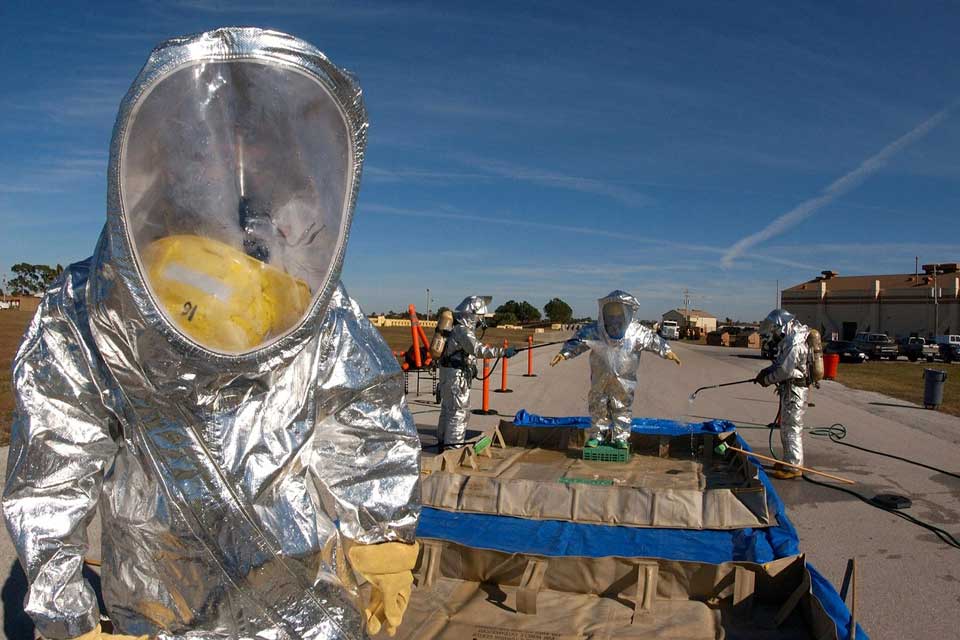If you company produces or stored hazardous waste, then it is your company’s responsibility to ensure it is stored and handled correctly.
Of course, if this type of waste is mishandled or poorly stored, it has the potential to damage both the environment and people. In particular, hazardous waste can contaminate surface water supplies and groundwater supplies, which in turn can lead to a much wider-reaching problem.
It’s understandable then that the UK government has strict policies in place regarding the monitoring and transport of potentially harmful material.
This guide has been created to help you make sure your duty of care is being carried out correctly.
Identifying different types of waste
If you produce or store hazardous waste on-site, you must identify the waste type in order to correctly handle it. There are two main conditions that define different hazardous waste types — the potential to harm humans, or the potential to damage the environment.
Some common examples of hazardous waste include asbestos, batteries, oils, brake fluid, printer toner, and pesticides.
Of course, there are many other hazardous waste products that could be identified on your site. It is important to know the different types of hazardous waste your company creates, as they need storing separately. For example, if you are working on a construction site, you cannot throw hazardous material in the same standard 8 yard skip you have for general waste and rubble — each type of hazardous waste needs its own container.
Safe storage for hazardous waste material
Naturally, the best way to manage hazardous waste is to reduce the amount you are producing. But for some companies, hazardous waste products are an unavoidable part of the process for their industry. In this instance, the waste must be stored, recorded, then correctly transported.
There are four main subcategories for hazardous waste: construction, demolition, industry, and agriculture. Each type should be separately stored in a container designed to stop anything escaping. To prevent contamination, make use of waterproof covers to avoid any run off from the waste. Be sure that the containers are clearly labelled so that everyone on-site is aware of what they are storing.
A classified inventory of your hazardous waste stored on-site is also vital. These records will help in the case of an incident, as emergency services will be able to quickly attend to the problem armed with the right information.
Record-keeping
Once your hazardous waste is collected, you will need to fill out a consignment note. This needs to be done before the waste is removed from your site.
Consignment notes require the following information:
- A full description of each type of waste that is being collected.
- The amount, in applicable measurement units, of waste being collected.
- The chemical components of the waste.
- The form of the waste (solid, liquid, gas, etc.)
You need to fill out a consignment note if the collection is from a business that is a registered waste carrier, or if the waste is being moved from one premises to another within the same company. You will also need a consignment note if another business has produced the waste on a customer site and it needs moving.
You do not need a consignment note is the waste has been imported and is covered by other documentation, or for domestic hazardous waste (except asbestos).
Finally, there is a fee to pay for the consignment note. In England and Wales, this fee is £10 for a collection, or £5 per note if it is part of a milk round of collections. In Scotland and Norther Ireland, the fee is £15.







